
The Quest of the Yeti Lobster
By Storybird

29 Sep, 2023
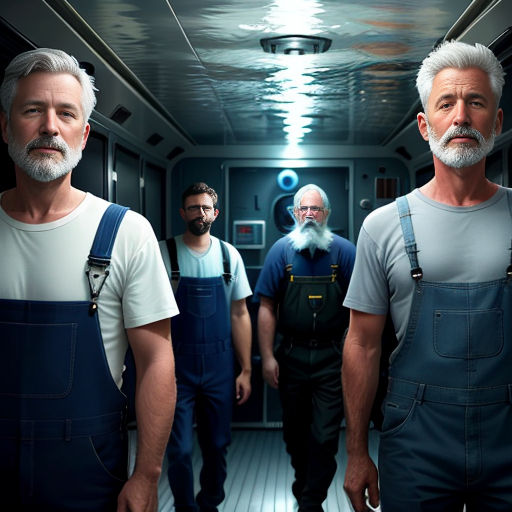
It was a time of exploration and discovery. Robert Vrijenhoek, a scientist from the Monterey Bay Aquarium Research Institute, along with Michel Segonzac from Ifremer, were preparing for a daring deep-sea expedition. Their aim was to uncover the secrets of the ocean floor.

Their voyage took them aboard the submarine DSV Alvin, a vessel capable of reaching the darkest corners of the ocean. The vessel was operated from the RV Atlantis, a research vessel that was their home away from home.
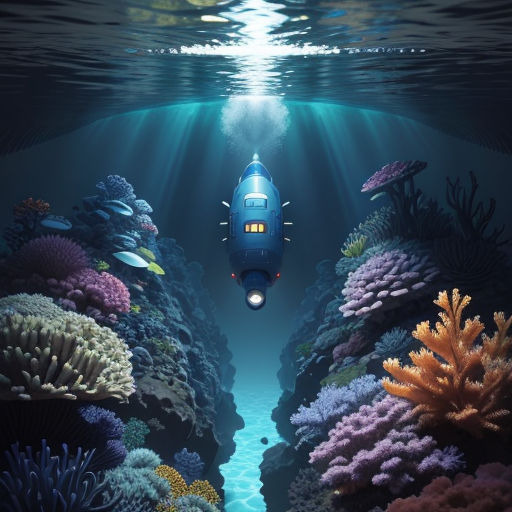
The target for their expedition was the Pacific-Antarctic Ridge, a region unexplored and full of mystery. The Ridge was located 1,500 kilometers south of Easter Island, a remote spot in the vast Pacific Ocean.
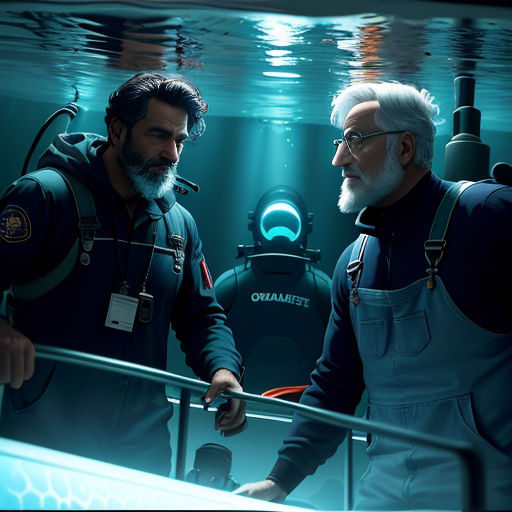
The submarine descended into the abyss, its lights cutting through the darkness. With each meter, the pressure increased, but Robert and Michel were unfazed. This was the moment they had been waiting for.

As they reached the ocean floor, they discovered a thriving ecosystem around hydrothermal vents. These were underwater volcanoes, spewing out hot, mineral-rich water, supporting a plethora of unique marine life.
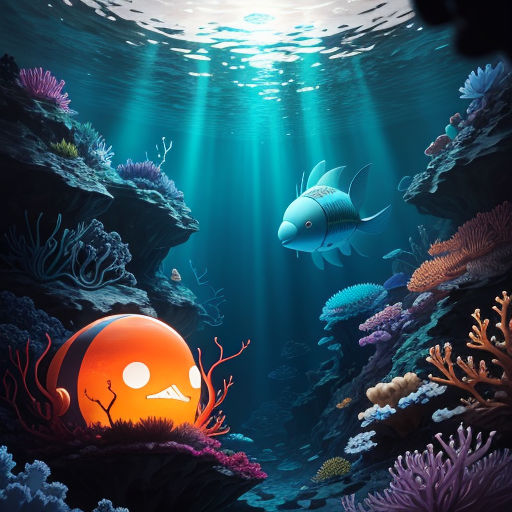
Suddenly, a creature caught their attention. It was a crustacean, approximately 15 cm long, but its appearance was unlike anything they had ever seen. It was covered in silky blond setae, looking almost like a yeti.
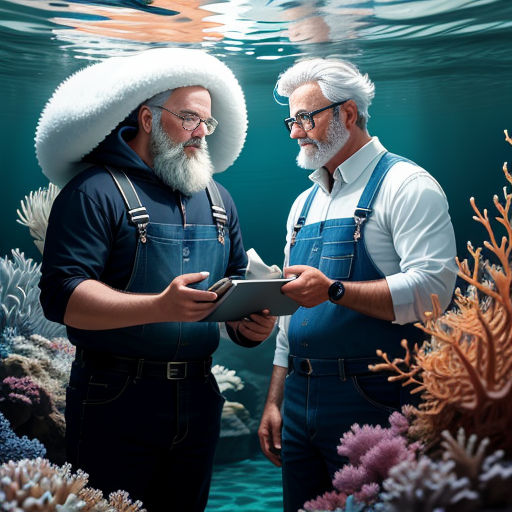
Robert and Michel were fascinated. The creature's unique look led them to dub it the "yeti lobster" or "yeti crab". They were eager to study it further, to understand its place in the ocean's ecosystem.

Back on the RV Atlantis, they began their research. They studied the yeti lobster's morphology, its genes, and its behavior in the deep-sea environment. Every discovery was a leap towards understanding this fascinating creature.

The yeti lobster turned out to be a new species, unique enough to form a new biological family. They named it Kiwa hirsuta, paying homage to Kiwa, the goddess of shellfish in Polynesian mythology.
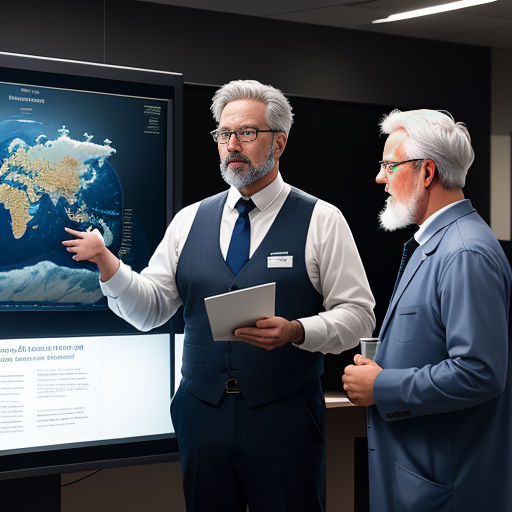
Word of their discovery spread rapidly, causing waves in the scientific community. Robert and Michel became the center of attention, their findings sparking further interest in deep-sea exploration.

Yet, even with their success, Robert and Michel were humble. They attributed their discovery to teamwork and the undying human spirit of exploration. Their quest for knowledge was far from over.
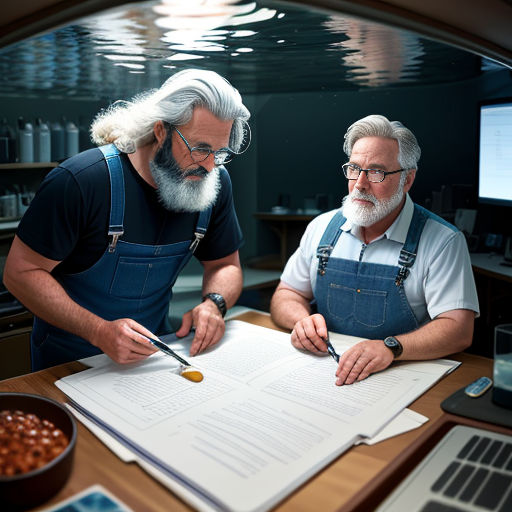
The pair continued their research on the yeti lobster. They examined its diet, its mating habits, and its survival mechanisms in the harsh conditions of the deep sea. Each discovery brought more questions than answers.
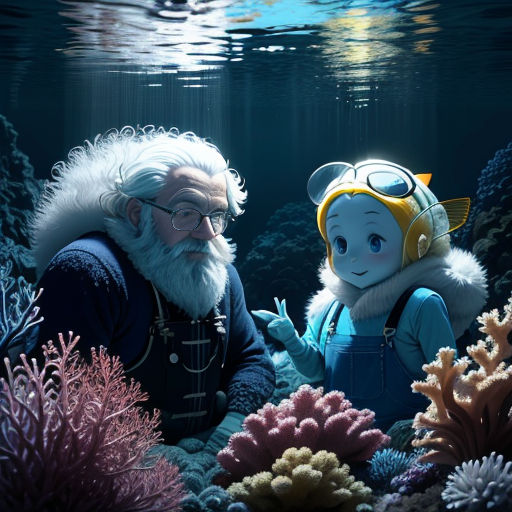
They also learned more about the hydrothermal vents, the yeti lobster's home. These underwater volcanoes played a crucial role in supporting unique life forms. The vents were a haven for diverse species, from tiny microbes to large crustaceans.

Robert and Michel's work shed light on the importance of deep-sea ecosystems. Their findings highlighted the need for protecting these fragile habitats from human activities like deep-sea mining and pollution.
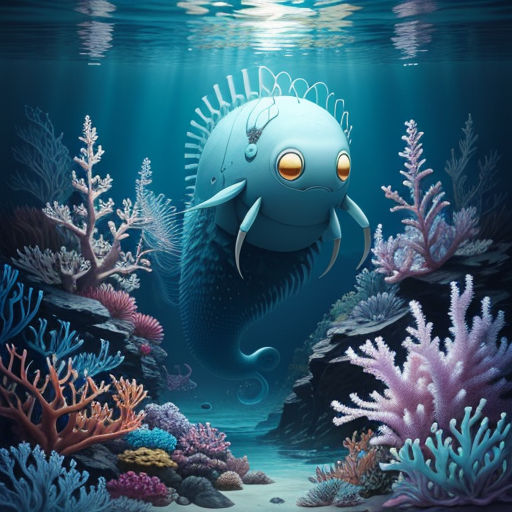
The discovery of the yeti lobster was a testament to the mysteries that the ocean still held. It was a reminder that there were still countless species waiting to be discovered, each with its own unique story to tell.
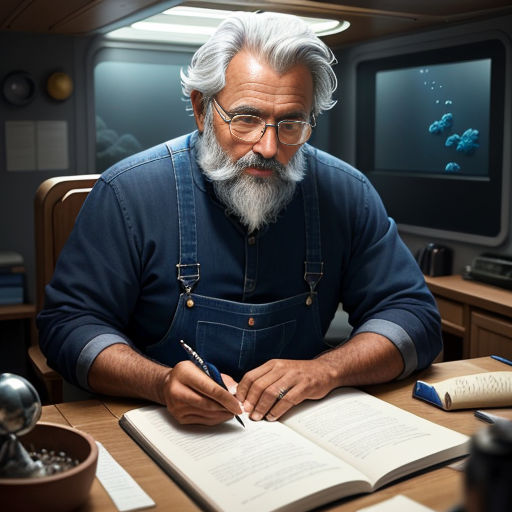
Their adventure served as an inspiration for many. Young scientists, researchers, and explorers were motivated to embark on their own quests, to uncover the hidden secrets of the ocean and beyond.

Robert and Michel's story was not just about the discovery of the yeti lobster. It was a story of human curiosity, perseverance, and the pursuit of knowledge. It was a story of the quest for the unknown.
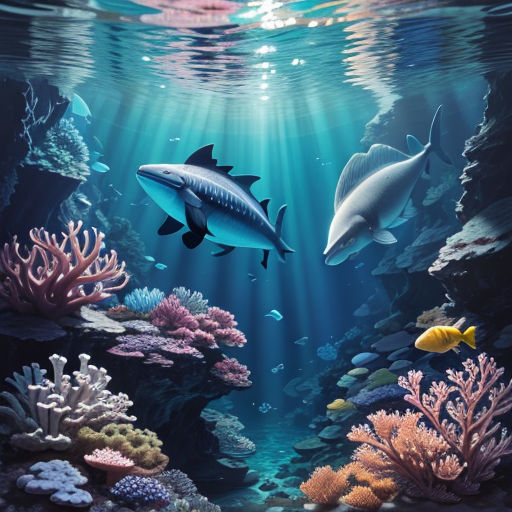
In the end, their journey was a reminder of our responsibility towards our planet and its diverse ecosystems. It was a call to explore, understand, and protect the mysteries of our world, for the generations to come.
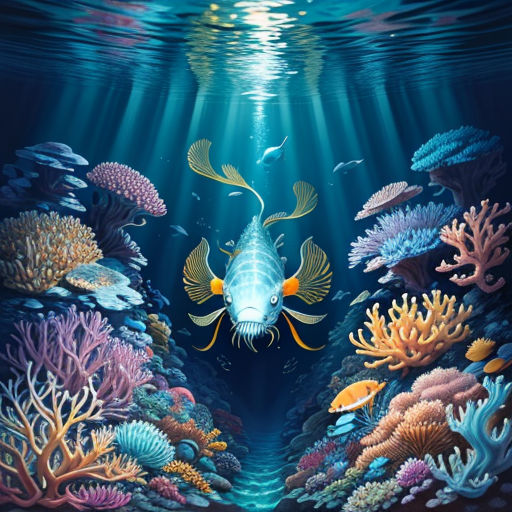
The quest of the yeti lobster was a tale of discovery, an adventure that unraveled the hidden wonders of the deep sea. And as the story of the yeti lobster unfolded, so did our understanding of the beautiful complexity of life on Earth.

As the sun set on the RV Atlantis, Robert and Michel looked out at the vast ocean. Their hearts filled with gratitude for the journey they had been on, and anticipation for the discoveries yet to come.
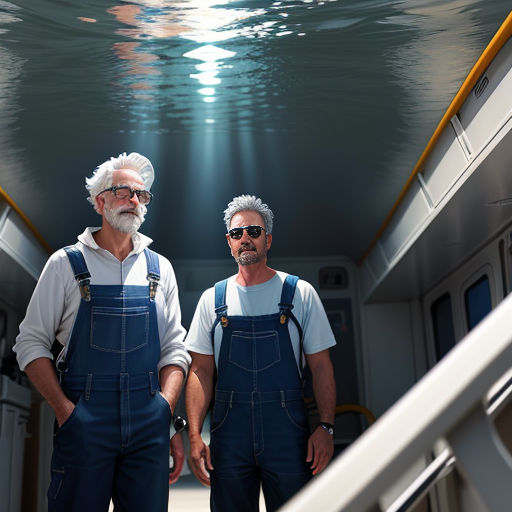
They knew their work was far from over. The ocean, with its endless mysteries and wonders, was still waiting to be explored. And they were ready to dive back into its depths, eager for the next big discovery.

The yeti lobster was just the beginning. The ocean was teeming with life, each species more fascinating than the last. There was still so much to learn, so much to discover.
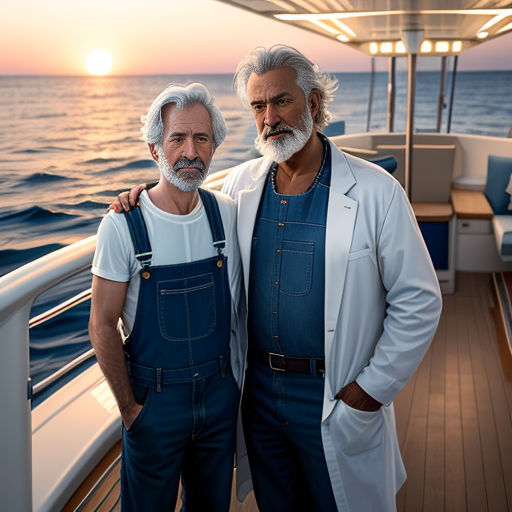
As the stars twinkled above, reflecting on the calm ocean surface, Robert and Michel felt a sense of peace. They had embarked on a quest and had returned with a treasure trove of knowledge.

The story of the yeti lobster was a beacon of hope, a testament to the wonders of exploration and discovery. It was a story that would inspire generations, encouraging them to seek out the unknown and to never stop learning.

Robert and Michel knew that their journey was not unique. It was a journey shared by all explorers, all seekers of knowledge. It was the journey of humanity, always striving to understand the world around us.
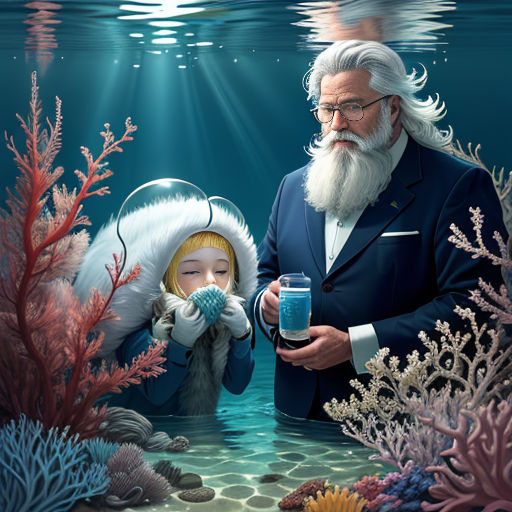
As the night deepened, they fell into a peaceful sleep, dreaming of the mysteries of the deep sea. The yeti lobster, their extraordinary discovery, was a symbol of their successful quest, and a promise of many more to come.
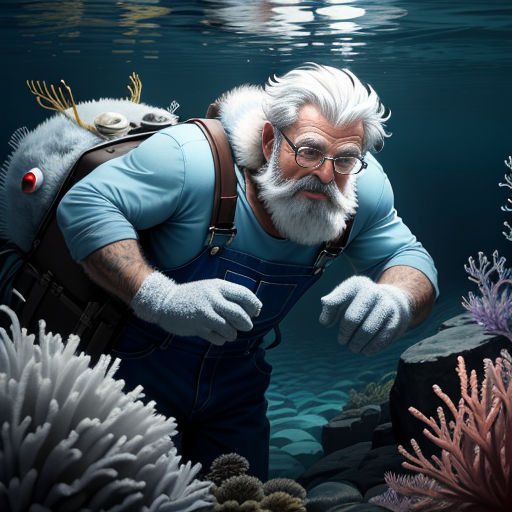
The quest of the yeti lobster was not just a story of scientific discovery. It was a story of passion, dedication, and the unwavering human spirit. It was a story that showed us the infinite possibilities when we dare to explore the unknown.
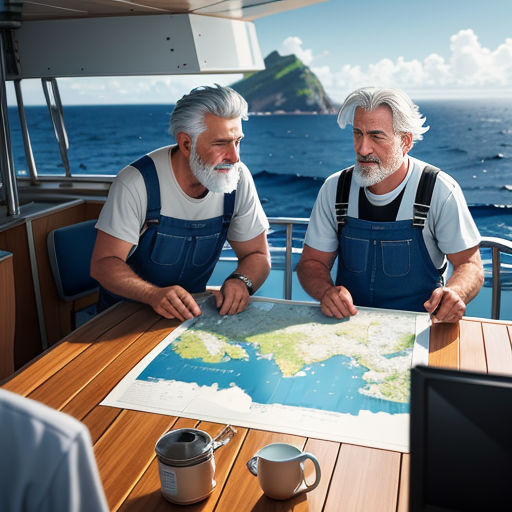
Robert and Michel's journey was a testament to the power of exploration and discovery. Their story was a reminder that there is always more to learn, more to discover, and more to understand about our incredible planet.
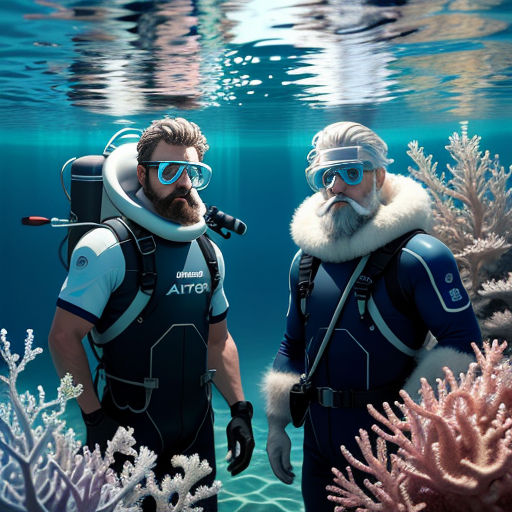
So, as the sun rose on a new day, the quest of the yeti lobster continued. Robert and Michel, with their hearts filled with curiosity and their minds hungry for knowledge, were ready to dive back into the deep blue sea.
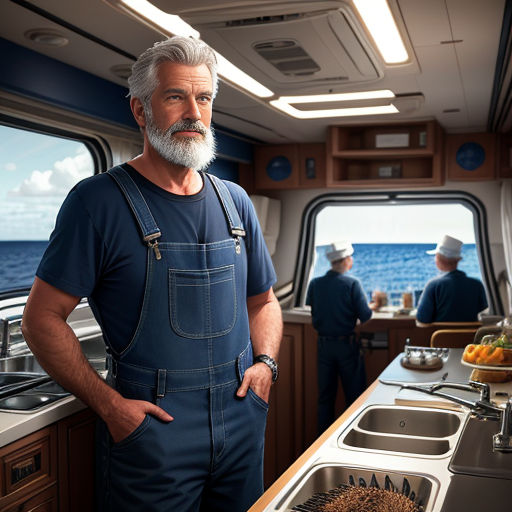
Their story was not yet over. The ocean, with its endless mysteries and wonders, still called out to them. And they, with the spirit of explorers, were ready to answer its call.
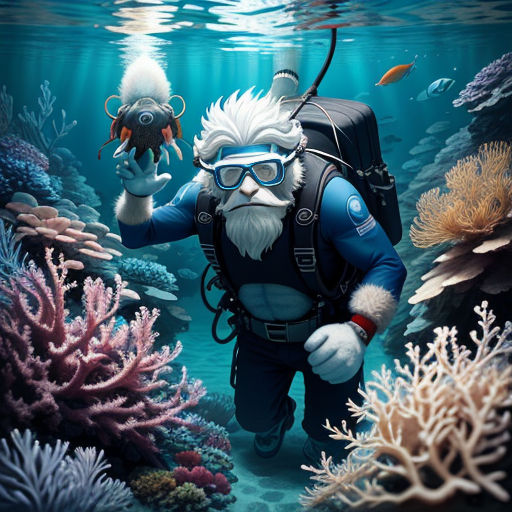
Thus, the quest of the yeti lobster, a tale of discovery and adventure, lived on. It was a story that would continue to inspire, to captivate, and to remind us of the infinite wonders that lay beneath the surface of our beautiful blue planet.
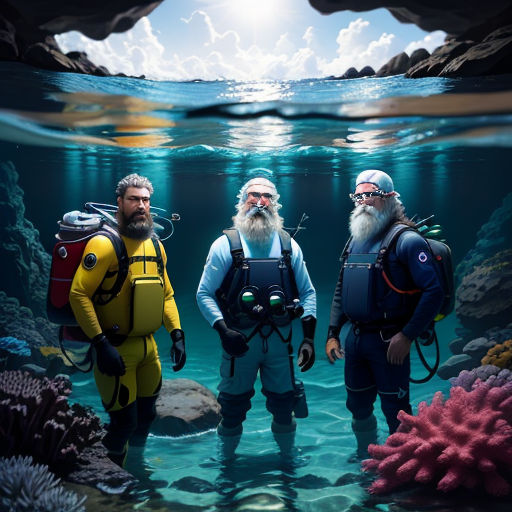
Robert and Michel, with the yeti lobster as their guiding star, continued their journey. They knew that the ocean held many more secrets, waiting to be discovered. And they were ready for whatever adventure lay ahead.

So, as they embarked on their next expedition, the spirit of the yeti lobster was with them. Its discovery was a testament to the wonders of the deep sea, a symbol of the endless possibilities that lay in the heart of exploration.
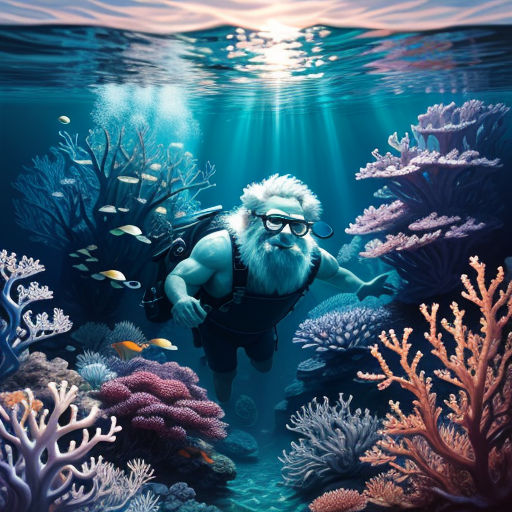
The ocean, with its vastness and depth, was their playground. And they, with their indomitable spirit, were its explorers. The quest of the yeti lobster was their story, a story of exploration, discovery, and the boundless curiosity of the human spirit.

As the sun set on another day, Robert and Michel looked out at the vast ocean. Their hearts filled with anticipation for the discoveries yet to come. Their quest was far from over, and the yeti lobster was just the beginning.